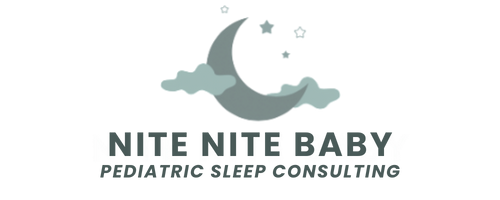💤 Life-Saving Baby Cues: How to Tell if Your Baby is Hungry, Sleepy, Tired, or Overtired
As a new parent, deciphering your baby’s needs can feel overwhelming—especially when you're exhausted and running on minimal sleep. But what if I told you that your baby is already communicating with you? You just need to know what signs to look for.
In this post, we’ll break down the clear (and often subtle) cues that babies give when they’re hungry, sleepy, tired, or overtired. Knowing these signals can help you respond before things escalate—preventing meltdowns and improving sleep and feeding success.
🔄 HUNGRY SIGNS
Babies have natural reflexes to signal hunger before they cry. Crying is actually a late sign!
Early Signs of Hunger:
Lip-smacking or tongue out
Turning head or rooting near chest
Fist-to-mouth motions
Clenched fists
Mid-Late Signs:
Squirming or agitated body movements
Fussiness or crying
Turning red from crying
📌 Pro Tip: Try to offer a feed during early cues to make feeding easier and calmer for both of you.
JOIN ME FOR A FREE NEWBORN SLEEP WORKSHOP — IDEAL FOR EXPECTING & NEW PARENTS 0-16 WEEKS
😴 SLEEPY SIGNS
Your baby’s brain is wired for sleep, but staying awake too long can make it harder to fall and stay asleep.
Watch for these sleepy cues:
Pinkish or red eyebrows
Staring off or zoning out
Turning head or avoiding eye contact
🕒 Timing tip: This is your 10-minute warning—start winding down now with a calming routine in a dim, quiet space.
🛌 TIRED SIGNS
These signs mean your baby has passed the sleepy phase and is now in overtired territory if not helped soon.
Tired cues:
Yawning
Eye rubbing
Fussy or clingy behavior
Pulling ears or face
😩 Respond quickly: At this stage, babies need help settling down before crossing into overtiredness.
🚨 OVERTIRED SIGNS
Once overtired, your baby’s body produces stress hormones (like cortisol) that fight against sleep. These signs can be dramatic and intense.
Overtired cues:
Arched back or rigid body
Hysterical crying or high-pitched screams
Overactivity (wired but exhausted)
🚫 Avoid this stage if possible: Creating a consistent nap and bedtime routine will help you stay ahead of these cues.
✅ Download & Save These Visual Cues
I've created downloadable graphics you can screenshot, save, or pin to help identify and respond to baby cues in real-time. These guides are perfect for your fridge, nursery, or sharing with other caregivers.
💬 Final Thoughts
Understanding your baby’s cues is like learning a new language—but one that strengthens your connection, supports better feeding, and leads to more peaceful sleep. You’ve got this!




